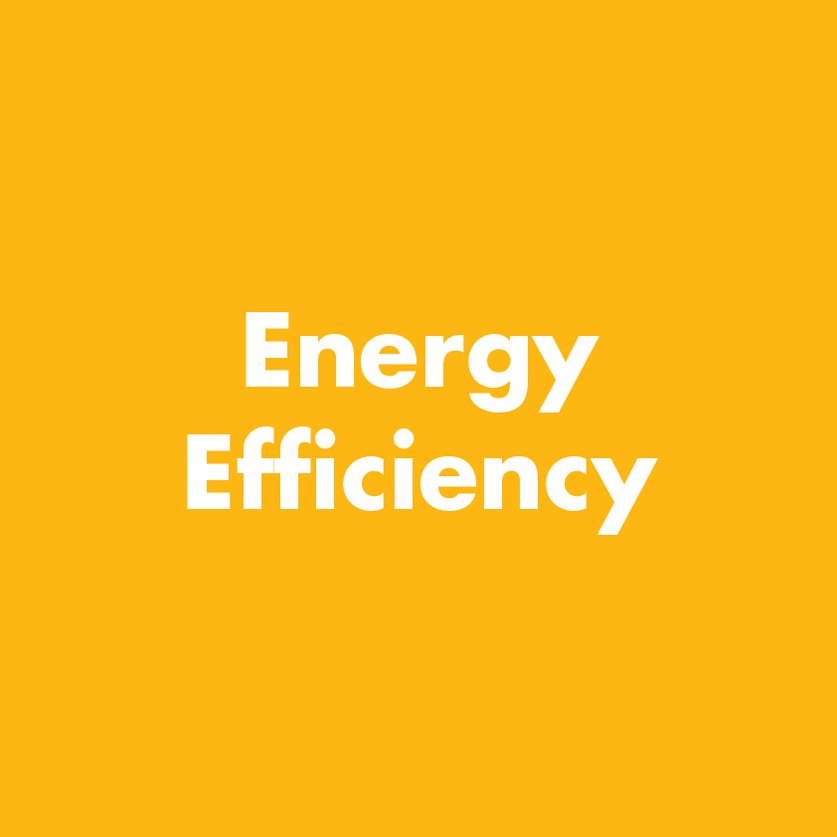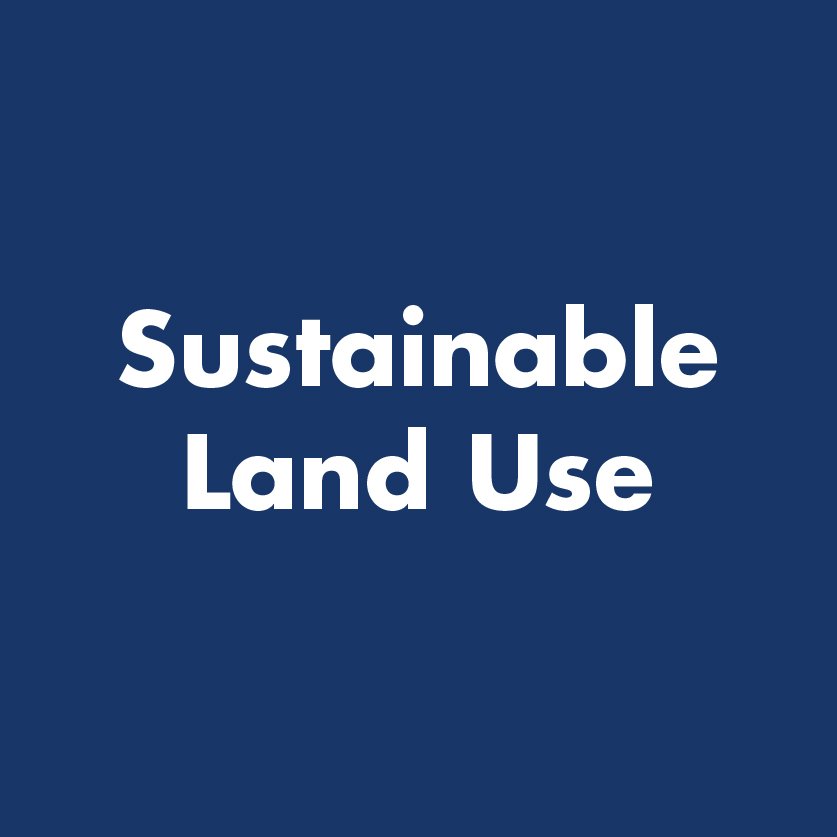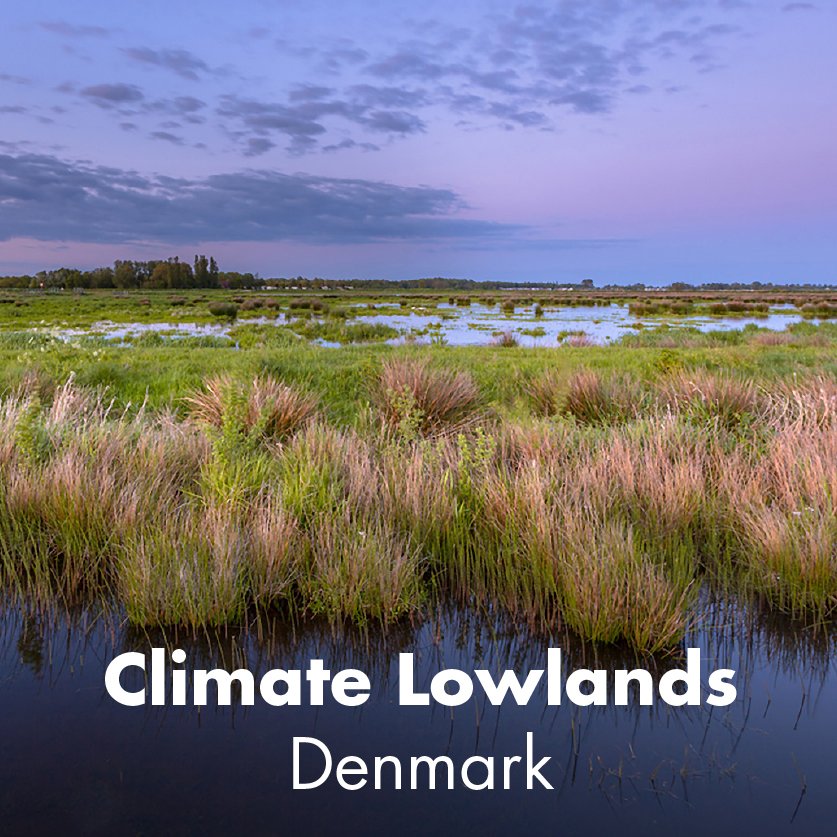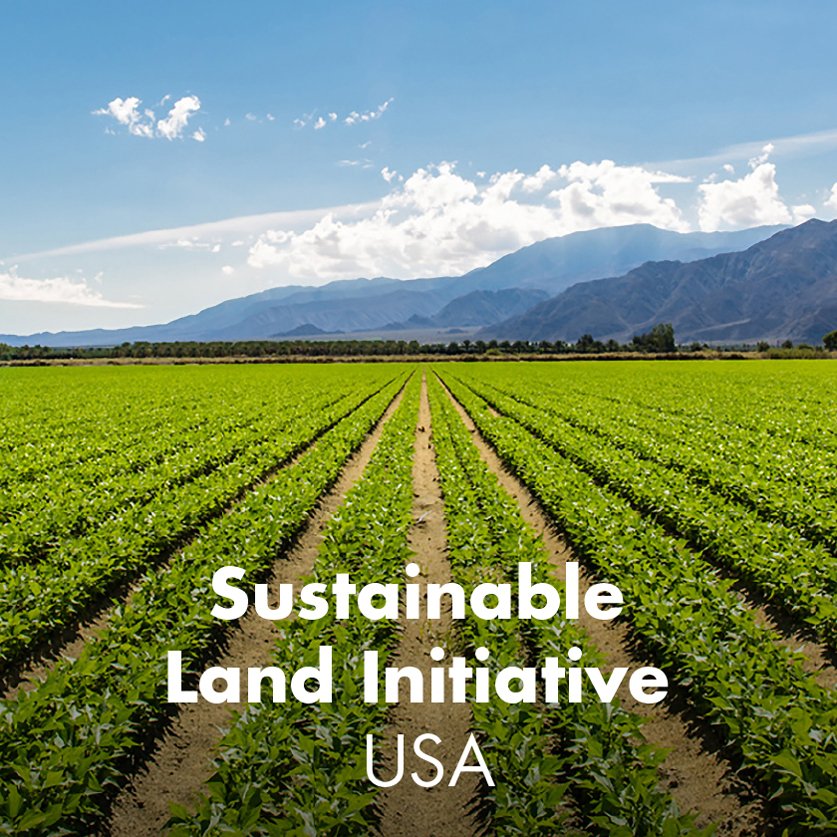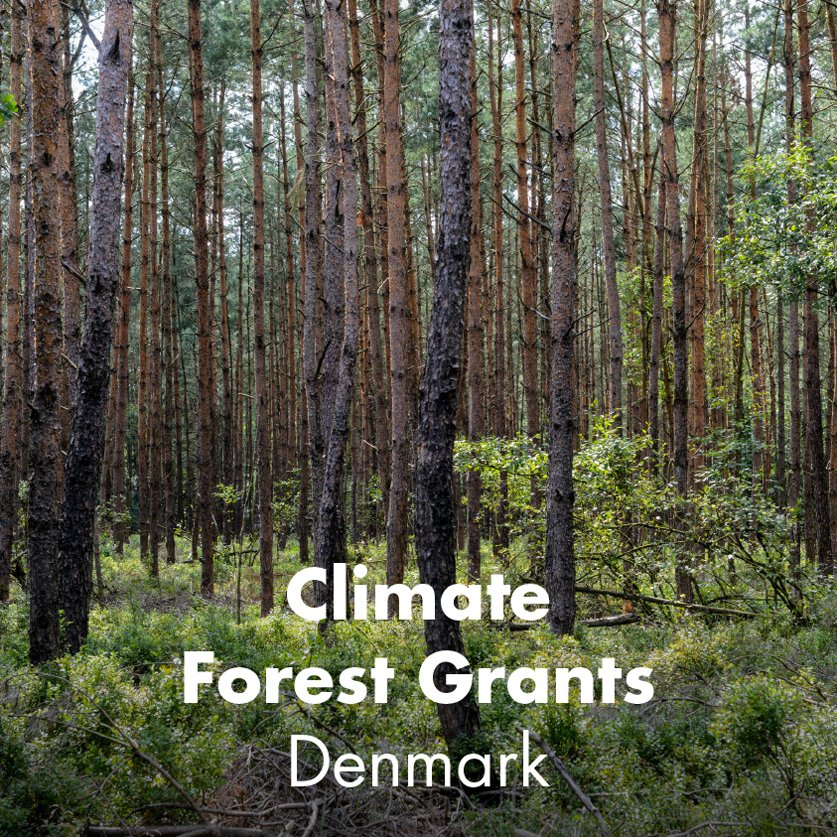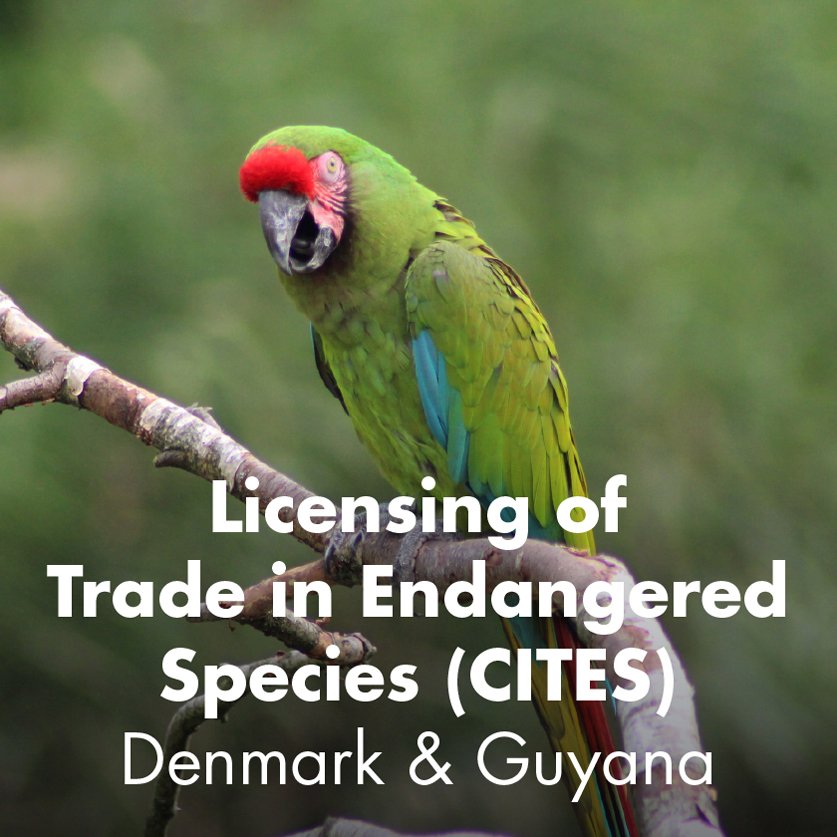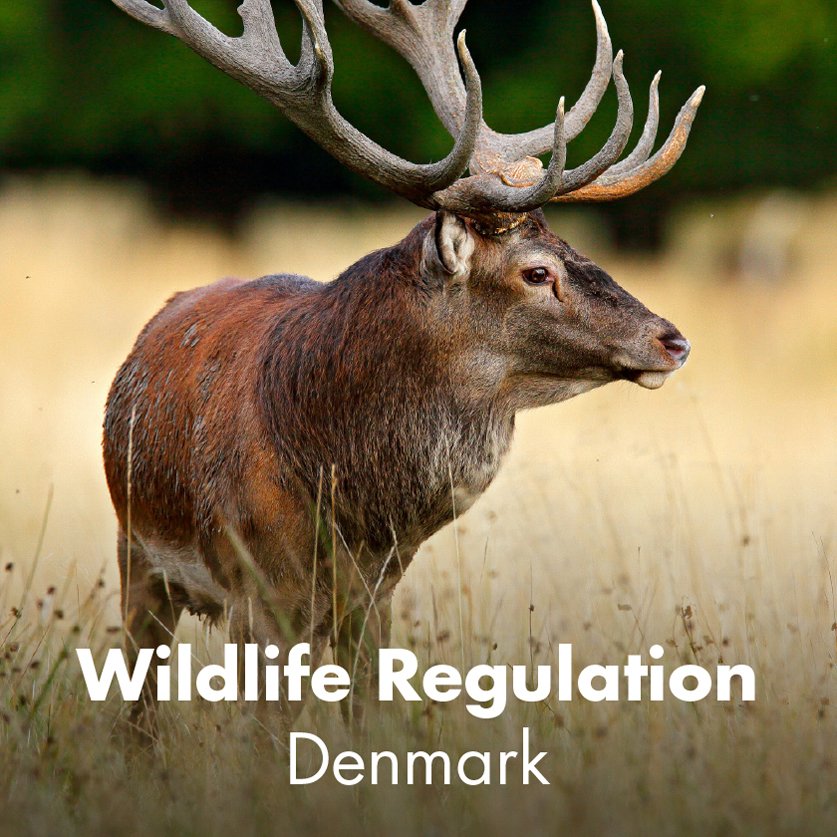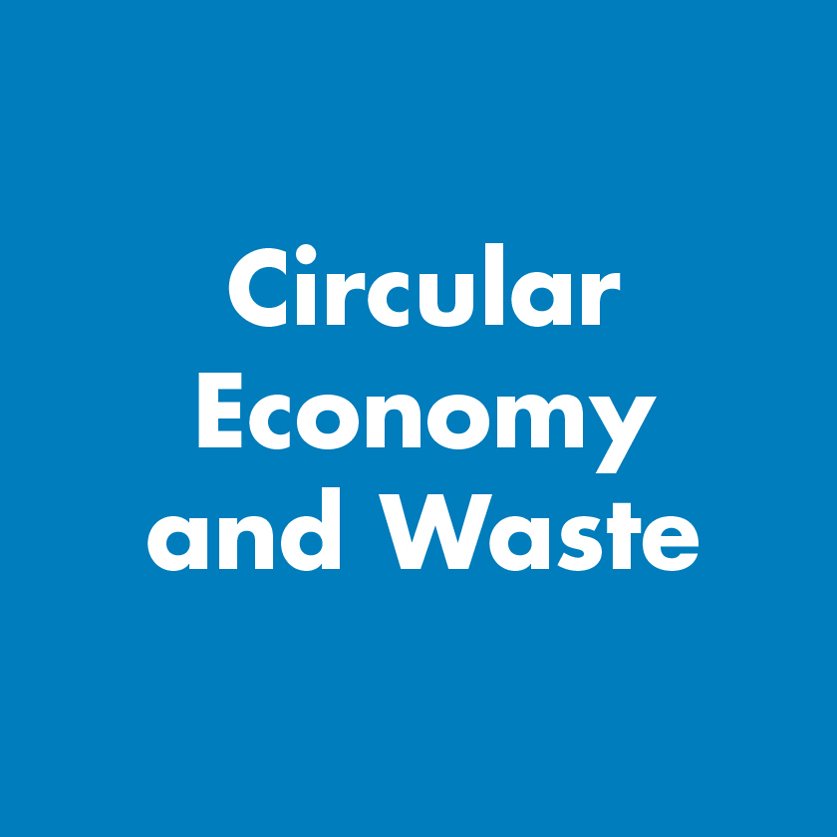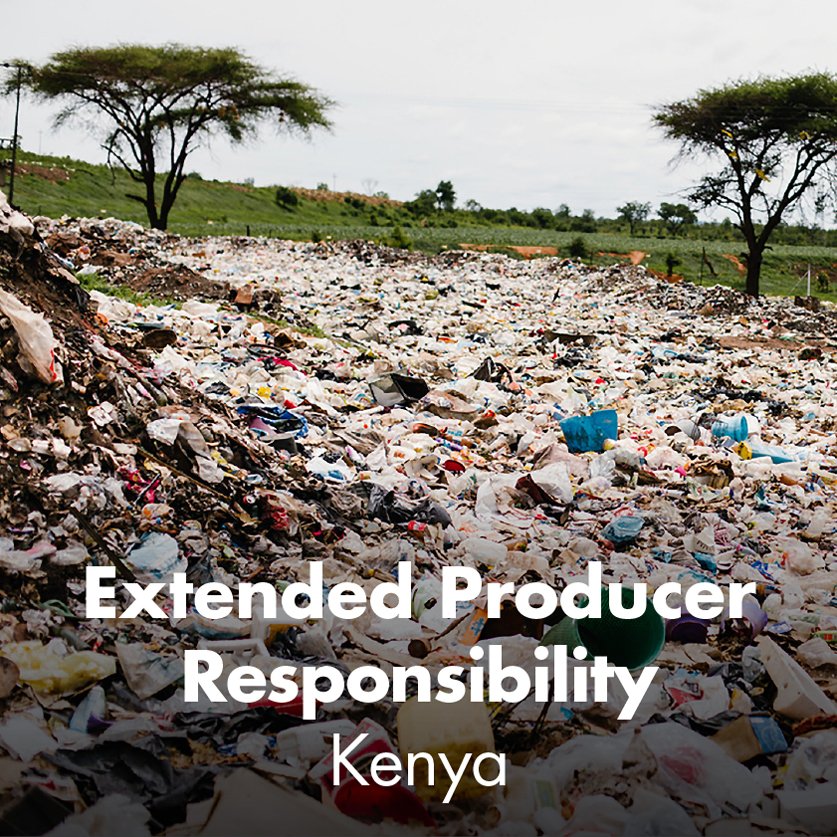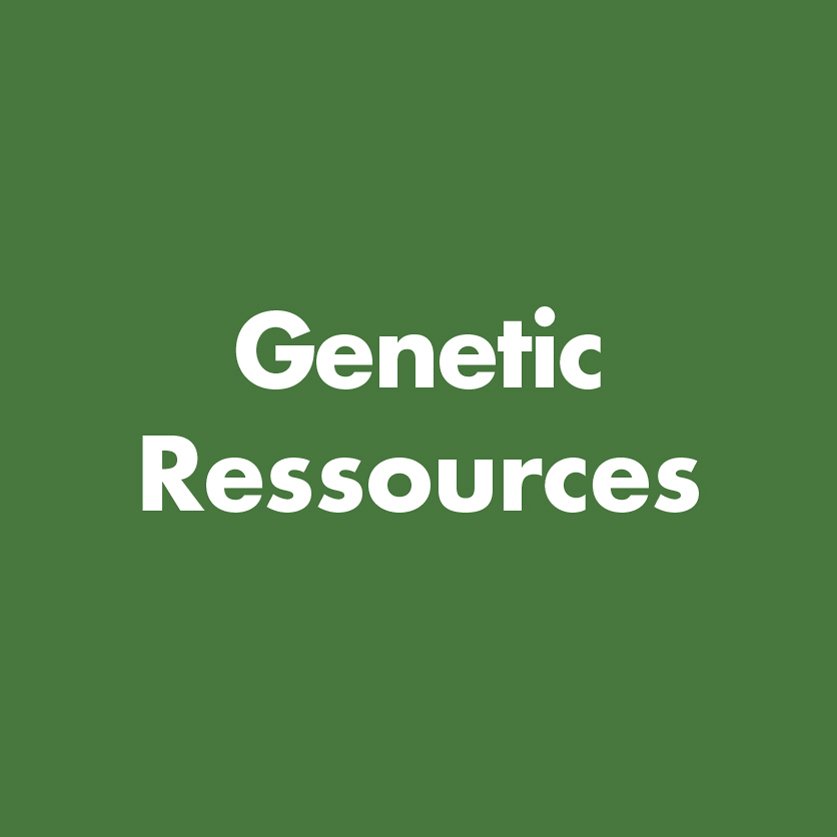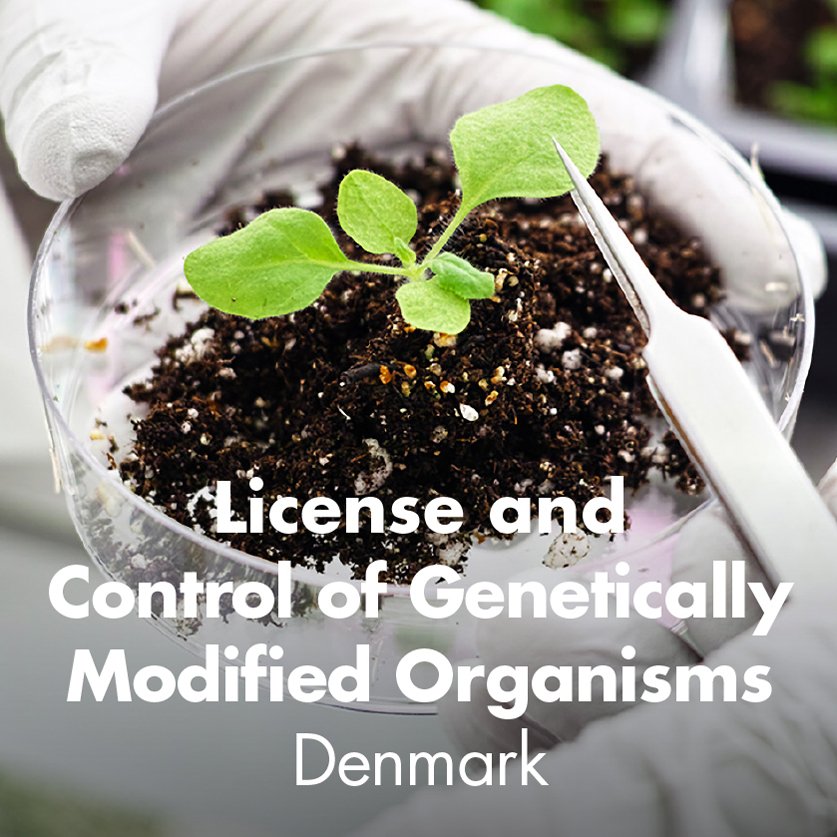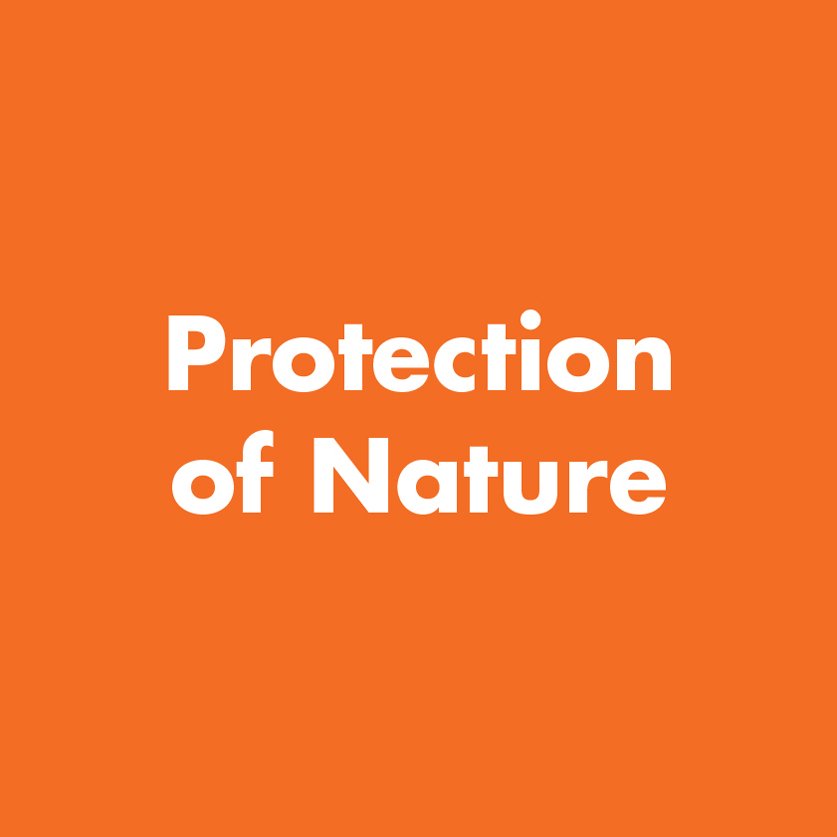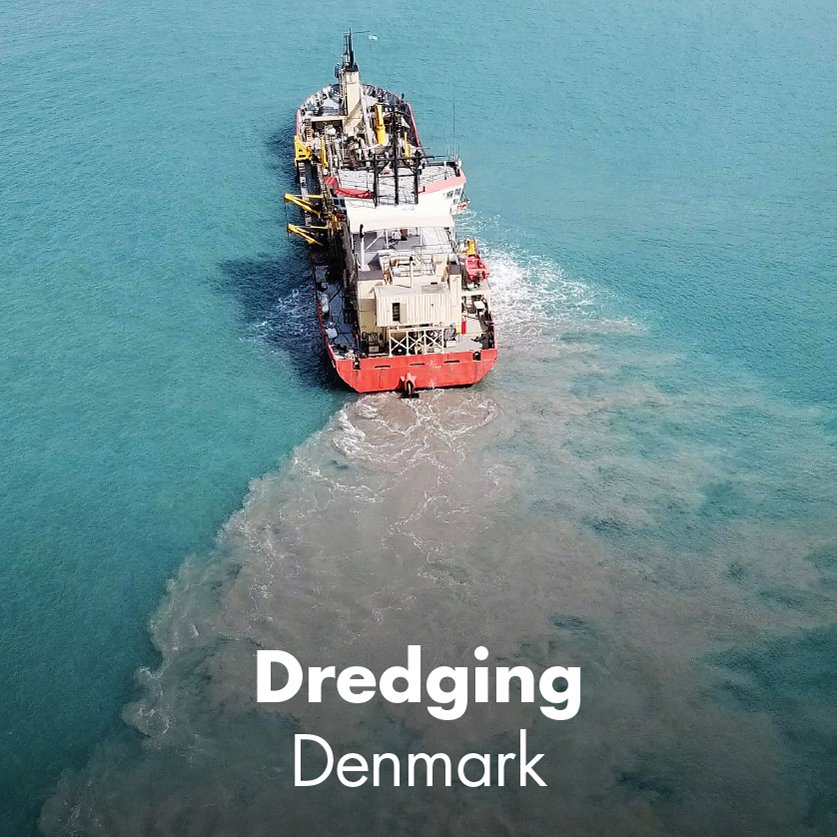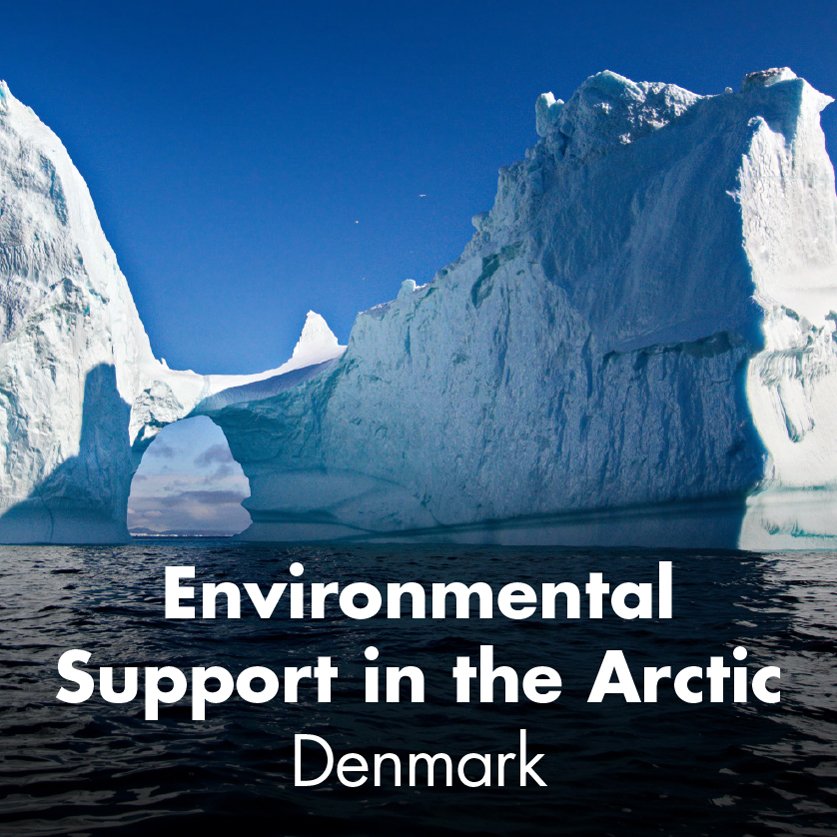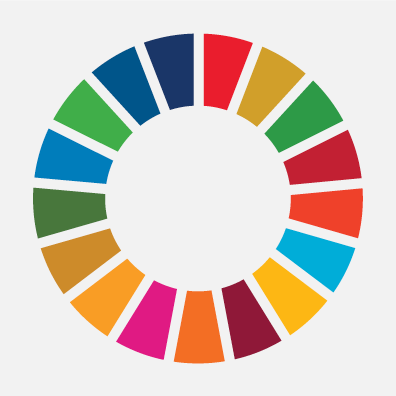CITES – International Trade in Endangered Species of Wild Fauna and Flora (Denmark & Guyana)
Challenge
The CITES convention was adopted in Washington in 1973 and today CITES regulates the trade in terms of 5,000 animal species and approx. 28,000 plants between 184 countries worldwide. Species are categorized as to how endangered they are on either Appendix I, II or III as categorized by the CITES organization. About 1.000 species are so endangered, that all trade is prohibited (Appendix I). For the rest of the species, trade requires export and import approvals from authorities in the countries involved. (Appendix II and III).
Globally, the annual number of transactions recorded is well above 1.1 million. All countries report on a yearly basis on the volumes exported and imported. The reports form the basis of the monitoring of the trade and the level of protection needed for the endangered species. The provisions in the EU Wildlife Trade Regulations go beyond CITES in a number of respects. For some of the CITES Appendix II and III species, the EU has adopted stricter domestic measures and some non-CITES species are protected by EU regulation .
KEYWORDS
Thematic
Endangered species, biodiversity, international trade regulation, amazon rainforest, Guyana,
Denmark, import, export, international trade
Legal
CITES convention, Washington Convention, EU Wildlife Trade Regulations
Tech
Licensing, Quota-management, Aggregated reporting, international database integration
Solution
An F2 best practice was developed for The Danish Environmental Protection Agency who handles thousands of applications for permits (primarily import) every year. The solution replaced a manual accounting towards the annual reporting with a completely digital end-to-end solution. Furthermore, an integration was set up to the CITES database ensuring that self-service is always updated on the species lists. An adapted version of that solution is implemented with the Guyana Wildlife Conservation and Management Commission (GWCMC) in South America to uphold the convention in order to protect the biodiversity of the Amazon rainforest. Here the major challenge was to manage an annual quota system and mostly export of endangered species. Exports of endangered species are subject to a quota, which ensures that exporting those species doesn’t pose a threat to the population. Licensed exporters get annual quotas assigned/granted and register their exports case-by-case. The system keeps track of the total quota and integrates to a regional database called Amazon Regional Observatory (ARO) that keeps specific track of biodiversity-related projects and activities in the Amazon rainforest.
The main processes included in the digital CITES solution implemented in Guyana are:
Annual Quota and Individual Quota
Annual Export License
Export Permit: Commercial, Non-commercial, Introduction from the Sea Certificates, Shark or fish, Re-export
Shipment Request
Import Permit
Extra Quota request
Results
cBrain has taken its Danish CITES experience from its long-lasting partnership with the Danish Agency of Environmental Protection (EPA) to the international realm by completing this project for the Guyana Wildlife Conservation and Management Commission (GWCMC). This is based on cBrain’s original solution which was designed and built to manage the CITES process for the Danish government using cBrain’s standard software platform F2.
The digital end-to-end solution at GWCMC has replaced a completely manual handling of the system and has increased efficiency and legitimacy of the management of export licenses. The re-use of the CITES solution from Denmark to Guyana is possible because of the nature of a standard system built for government. Although challenges in biodiversity differ from Denmark to South America, the solution, with project funding from The German Development Bank (KfW), was adapted to help the Guyana Wildlife Conservation and Management Commission comply with the CITES convention, improve efficiency for the applicants, and deliver on their promise to safeguard biodiversity.
cBrain helped the GWCMC by making use of cBrain’s familiarity with CITES regulations and best practices for electronic permitting systems, as well as government process automation and compliance to international regulations. As a result of this project, which lasted 14 months,covering both consultancy and implementation phases, the GWCMC now benefits from a brand new CITES software system, which will improve staff productivity, transparency and visibility of species quotas, and conservation outcomes.


